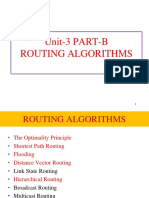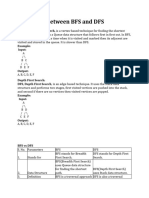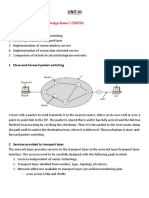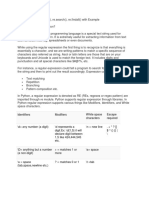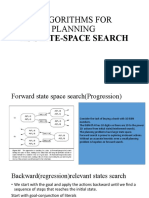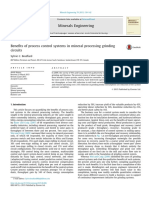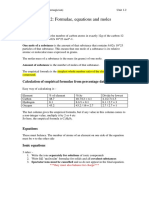0% found this document useful (0 votes)
179 views6 pagesBreadth First Search
Breadth-First Search (BFS) is a graph traversal method that explores nodes layer by layer, using a queue data structure that operates on a First In First Out (FIFO) principle. The algorithm starts at a source node, marks it as visited, and then visits all its neighboring nodes before moving to the next layer. BFS ensures that all nodes are explored without revisiting, making it effective for finding specific points in a graph.
Uploaded by
vimala kCopyright
© © All Rights Reserved
We take content rights seriously. If you suspect this is your content, claim it here.
Available Formats
Download as DOCX, PDF, TXT or read online on Scribd
0% found this document useful (0 votes)
179 views6 pagesBreadth First Search
Breadth-First Search (BFS) is a graph traversal method that explores nodes layer by layer, using a queue data structure that operates on a First In First Out (FIFO) principle. The algorithm starts at a source node, marks it as visited, and then visits all its neighboring nodes before moving to the next layer. BFS ensures that all nodes are explored without revisiting, making it effective for finding specific points in a graph.
Uploaded by
vimala kCopyright
© © All Rights Reserved
We take content rights seriously. If you suspect this is your content, claim it here.
Available Formats
Download as DOCX, PDF, TXT or read online on Scribd
/ 6



